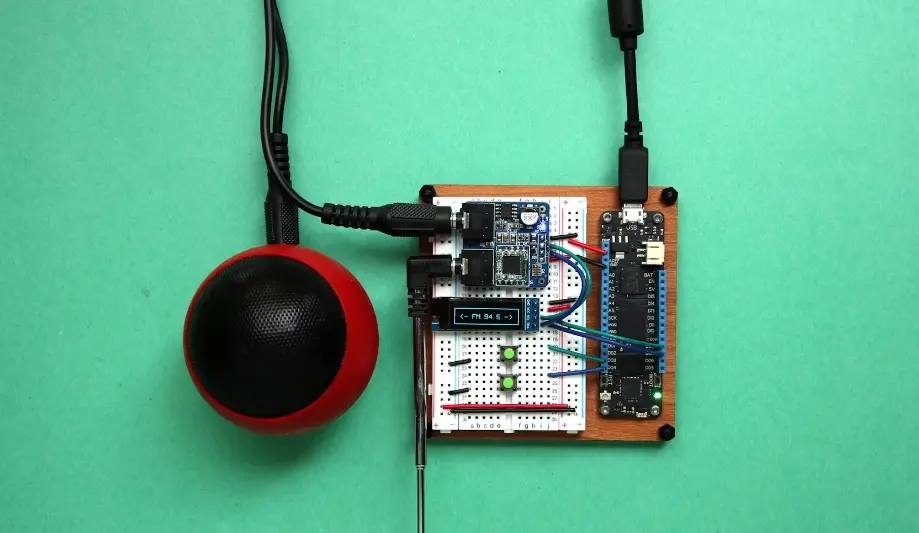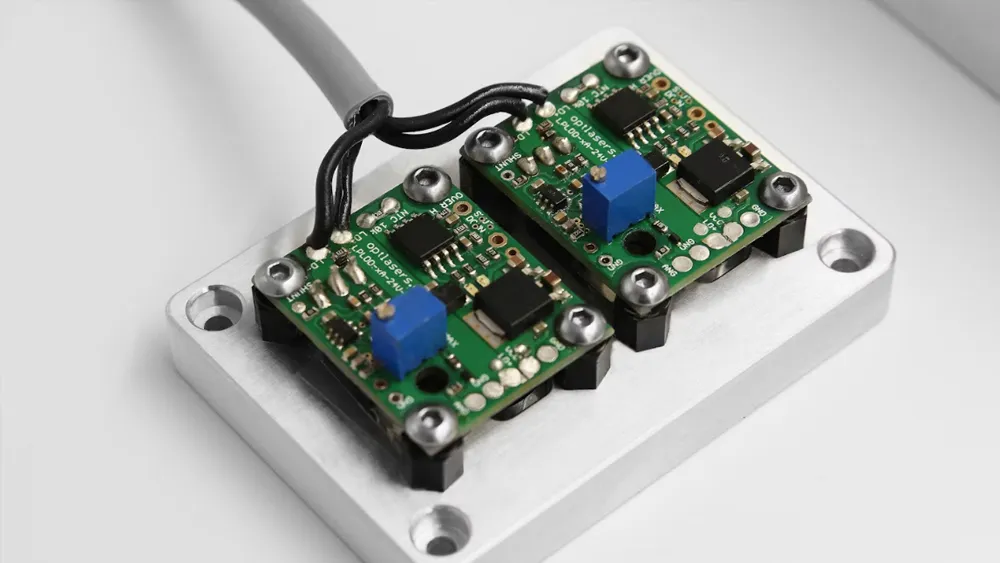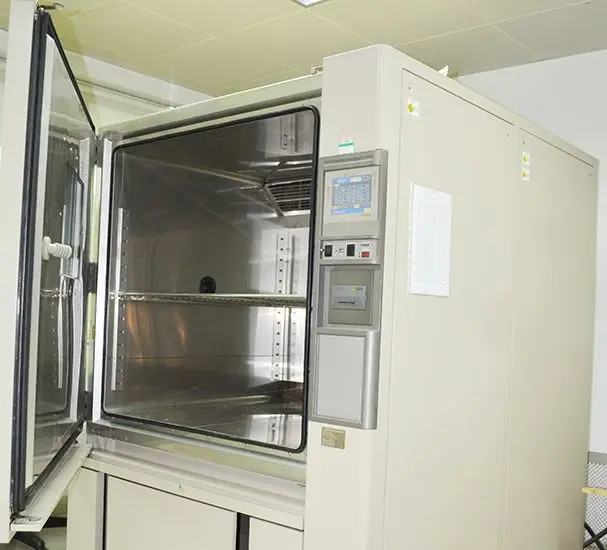
EMC Testing for Audio and Video Products
China JJR Laboratory provides various electromagnetic compatibility (EMC), safety, and energy efficiency testing services for audio and video products, along with mULti-national certification services. Passing emc testing is an essential step to ensure products meet international electromagnetic compatibility standards and regulations, facilitating product promotion in global markets.

With the rapid development of information technology, audio and video products have become widely used in daily life. However, these products generate electromagnetic radiation during operation and may also be susceptible to electromagnetic interference from other electronic devices. To ensure audio and video products operate properly in diverse electromagnetic environments without adversely affecting other equipment, EMC testing is necessary. Multimedia audio and video devices greatly enrich our daily lives by offering different forms of leisure and entertainment. The safety performance of these products is closely related to us and is strictly regulated by governments worldwide.
Product Scope
Various audio and video products, including amplifiers, speakers, audio amplifiers, DVD players, televisions, electronic musical instruments, audio-video teaching equipment, and devices with functions such as audio/video signal generation, input, storage, playback, retrieval, transmission, reception, amplification, processing, switching, or control.
Testing Items
1. Electromagnetic Interference (EMI) Testing:
- radiated emission test (RE)
- Conducted Emission Test (CE)
- Harmonic Current Test (Harmonic)
- Voltage Fluctuation and Flicker Test (Flicker)
2. Electromagnetic Susceptibility (EMS) Testing:
- electrostatic discharge test (ESD)
- Radio Frequency Radiated Immunity Test (RS)
- Radio Frequency Conducted Immunity Test (CS)
- Electrical Fast Transient/Burst Test (EFT/Burst)
- Surge Immunity Test (SURGE)
- Voltage Dips and Short Interruptions Test (DIPS)
- Power Frequency Magnetic Field Test (PFM)
Testing Standards
1. EN 55013/20: Limits and methods of measurement of radio disturbance characteristics of sound and television broadcast receivers, specifically for EMC testing of audio-video equipment.
2. en 55032: Electromagnetic compatibility of multimedia equipment – Emission requirements; replaces EN 55013 and EN 55022, applicable to a wider range of audio-video and multimedia devices.
3. CISPR 13: Limits and methods of measurement of radio disturbance characteristics for sound and television broadcast receivers and associated equipment, an IEC standard similar to EN 55013.
4. CISPR 20: Limits and methods of measurement of immunity characteristics for sound and television broadcast receivers and associated equipment, focused on immunity testing for audio-video devices.
5. EN 55020: Immunity characteristics for sound and television broadcast receivers and associated equipment; gradually replaced by EN 55035 but still used in some regions.
6. en 55024: Limits and methods of measurement of radio disturbance characteristics for information technology equipment, also applicable to some audio-video equipment with IT functions.
7. en 61000-3-2: EMC Part 3-2: Limits for harmonic current emissions from equipment with rated current ≤16A, relevant to power sections of audio-video devices.
8. EN 61000-3-3: EMC Part 3-3: Limits for voltage fluctuations and flicker in public low-voltage supply systems for equipment with rated current ≤16A, assessing audio-video devices' impact on power grids.
9. EN 61000-4-2: EMC Part 4-2: Test and measurement techniques for electrostatic discharge immunity testing.
10. EN 61000-4-3: EMC Part 4-3: Test and measurement techniques for radiated radio-frequency electromagnetic field immunity testing.
11. EN 61000-4-4: EMC Part 4-4: Test and measurement techniques for electrical fast transient/burst immunity testing.
12. EN 61000-4-5: EMC Part 4-5: Test and measurement techniques for surge immunity testing.
13. EN 61000-4-6: EMC Part 4-6: Test and measurement techniques for conducted radio-frequency immunity testing.
14. EN 61000-4-11: EMC Part 4-11: Test and measurement techniques for voltage dips, short interruptions, and voltage variation immunity testing.
15. fcc part 15: Regulations by the U.S. Federal Communications Commission for radio frequency devices, including EMC requirements for audio-video devices.
16. ICES-003: EMC standard for information technology equipment by Innovation, Science and Economic Development Canada, applicable to audio-video devices in the Canadian market.
17. VCCI: Voluntary Control Council for Interference by Information Technology Equipment in Japan, EMC standards for the Japanese market.
18. GB/T 9254: Chinese national standard for limits and methods of measurement of radio disturbance characteristics for information technology equipment, also applicable to audio-video devices with IT functions.
19. AS/NZS CISPR 32: EMC requirements for multimedia equipment emissions in Australia and New Zealand markets.
Service Timeline
Testing cycle is approximately 7 working days; certification services typically take 3–6 weeks, depending on the type of testing and certification requiRED.
Email:hello@jjrlab.com
Write your message here and send it to us
 What is EU UFI Registration?
What is EU UFI Registration?
 EU UFI Registration for E-cigarette E-liquid
EU UFI Registration for E-cigarette E-liquid
 How to get the MSDS Report for Electronic Cigarett
How to get the MSDS Report for Electronic Cigarett
 Prop 65 Warning on Appliances
Prop 65 Warning on Appliances
 Apparel Heavy Metal Testing
Apparel Heavy Metal Testing
 Can You Conduct Lab Tests to UL Standards
Can You Conduct Lab Tests to UL Standards
 What Products Are Affected by Prop 65?
What Products Are Affected by Prop 65?
 CPSIA Compliance for Children's Products
CPSIA Compliance for Children's Products
Leave us a message
24-hour online customer service at any time to respond, so that you worry!




